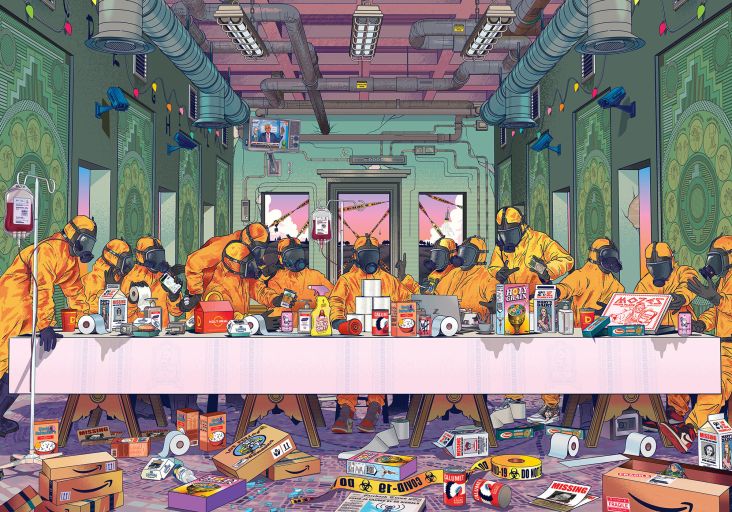Six things you can do with a graphic design degree
There's only one job you can get with a graphic design degree. Right? Wrong! A whole host of exciting careers await graphic design graduates, some of which you might never have thought of. Below, we outline just a few of them and the range of opportunities for creative fulfilment they offer.
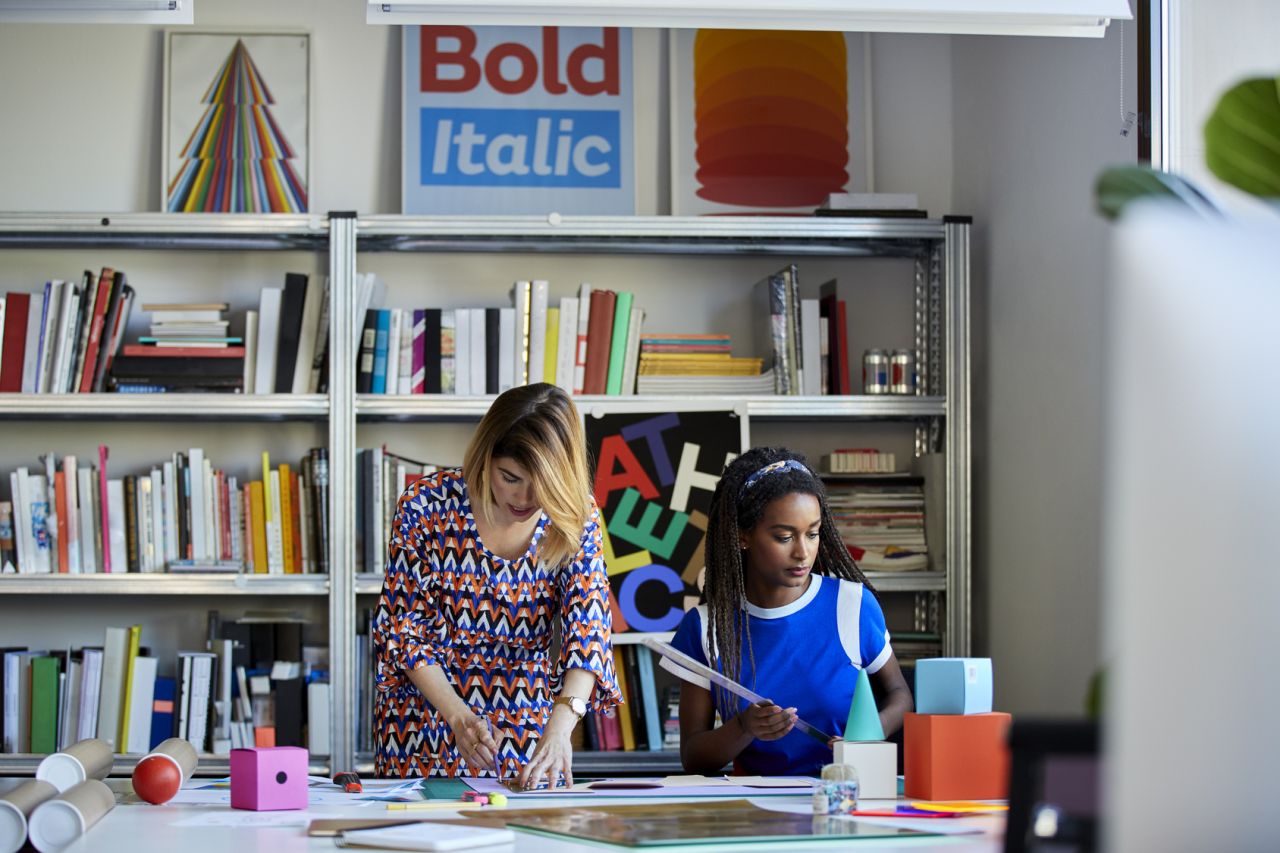
Image licensed via Adobe Stock
This article has been developed in partnership with Created; the fully remote online academy whose hands-on, flexible course provides with the skills creatives need to succeed in the 2020s.
Designed with and delivered by industry leaders, and delivered in a fully remote environment, Created's courses are perfect, whether you're a recent graduate looking to expand their skillset or an experienced pro wanting to shift their career into a new direction.
1. Graphic designer
We'll start with the obvious one. By taking a job as a graphic designer, you'll be putting everything you learned during your degree to good use, designing content for both print and digital media. And you'll be the envy of everyone because you'll be doing something you love, and getting paid pretty decently for it.
There's a lot of variety on offer too. You can work across a range of disciplines, including branding, advertising, marketing and media, and create content including (but not limited to) brochures, posters, billboards, packaging, signage, magazines, websites, apps and in-store displays. You might work for a design studio, an advertising company or any company's in-house design department. Or you might just start as a freelancer.
Nor should you ever feel stuck in a rut. You'll start as a junior, and in time your career can progress in several directions, including becoming a senior designer, creative director or manager, or starting your own design agency.
Potential salary (beginner-experienced): £16,000-£50,000
2. UX designer
Love digital, and think you could design digital experiences that would attract and engage others? Then UX designer is the job to look at.
Short for user experience, UX is about designing websites, apps, software, digital interfaces and VR experiences, and other pixellated fun. And the best bit? It's much in demand as society becomes increasingly digitally based, so starting salaries are quite generous. And as you progress, you'll have opportunities to move into management, go freelance or set your own company.
Want to boost your skills in this area? Check out Created's UX Design course.
Potential salary (beginner-experienced): £23,000-£40,000
3. Advertising art director
Like the idea of telling brands' stories in an original, fun and emotionally connected way? As an art director in the advertising industry, that's exactly the challenging yet rewarding work you'll be tasked with. And there's never a dull moment, as you work across everything from online video, apps, websites, AR and VR, to TV and cinema commercials, billboards, print magazines, and outdoor advertising.
The advertising industry is huge, and once you get going, the world will be your oyster. You'll start as a junior creative and work your way up the ranks to senior art director, creative director or manager. Alternatively, you might prefer to go freelance, found your own company, or follow the many advertising directors who've moved into directing mainstream films and TV. Exciting stuff.
Potential salary (beginner-experienced): £18,000-£100,000
4. Illustrator
Do you love to bring visual ideas to life, in a format you have ultimate control of? Illustrators create drawings, paintings, digital art, diagrams and infographics for commercial clients. And it's an excellent career choice for anyone with artistic talent and the drive to produce great work.
That work might appear in a variety of media including books, magazines, websites, apps greetings cards, packaging, advertising and more. One good strategy can be to specialise in specific areas such as medical illustration or architectural illustration, which can mean you're always in demand and can take the pick of the plum jobs.
You might work full-time for a design agency, publishing company or magazine, but it's more usual nowadays to begin your illustration career as a freelancer. Over time, you'll have the added options of teaching illustration or setting up your own illustration agency. Nice.
Potential salary (beginner-experienced): £14,000-£40,000
5. Motion designer
Bringing your static designs to life as a motion designer can boost your earning power and open doors to countless new opportunities. It's also creatively enriching and ultimately very rewarding work too.
You'll probably need to learn some software skills, but do that, you'll find there are lots of jobs available, from animation studios and games studios to post-production companies and design agencies, plus some more unexpected places that you'll find listed here.
Plus, right now's the best time ever to consider a career in motion design. Lockdown has meant that live filming has been very restricted, so there's an awful lot of demand for motion design to take its place. For more details, read How to become a motion designer.
Potential salary (beginner-experienced): £20,000-£40,000
6. Games developer
Games have never been bigger as an industry, now outstripping even TV and movies in terms of revenue. So it's a great time to become a game developer, creating computer games for game consoles, personal computers, tablets and mobile phones.
Quite frankly, it's one of the coolest jobs in the world, and the prospects of creating entire universes within which people across the world play together will fire up every creative person's imagination. As you work your way up, you have the potential to become a senior developer, producer or technical director. Alternatively, you might prefer to make and sell your own games. Like a boss. Literally.
Potential salary (beginner-experienced): £19,000-£59,000
How to get your dream job
Now comes the slightly less good news. The reality is that most graphic design degrees don't actually put you in a good position to get any of these jobs; no, not even the first one on our list. That's because while they're usually strong on theory, most degrees don't actually provide a lot of practical training. And what they do provide may be outdated and irrelevant in today's fast-moving creative industries.
For that reason, most graphic design graduates will improve their chances of getting into their dream career by supplementing what they've learned with more practical training. We're big fans of Created, an online academy that'd been developed by industry professionals, for industry professionals.
Created is fully focused on the kinds of practical skills employers are crying out for, so you'll instantly put yourself ahead in the pack when it comes to applying for jobs. On their courses, you'll be working on real-world briefs, and get feedback from real-world pros, so it's light years away from the stuffy world of traditional academia.
If your current skillset is rooted in print-based design, for example, you may want to delve more into the world of digital by taking Created's UI Design Professional course, or the UX Design Professional course.
Meanwhile, if you're happy with both your print and digital design skills, how about adding motion to the mix? The much-in-demand skill can make you much more employable, whether you work as a motion designer or as a graphic designer with extra strings to your bow. So check out Created's Motion Design Foundation and Motion Design Professional courses. And if you're not sure how to choose between them, discover the main differences between them here.









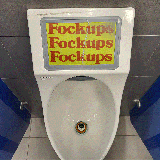
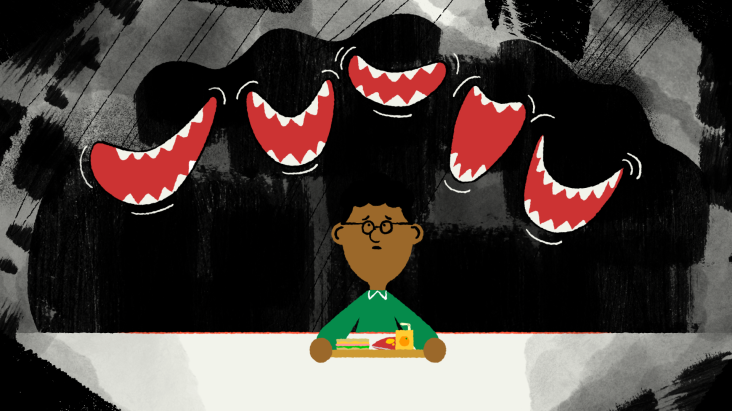




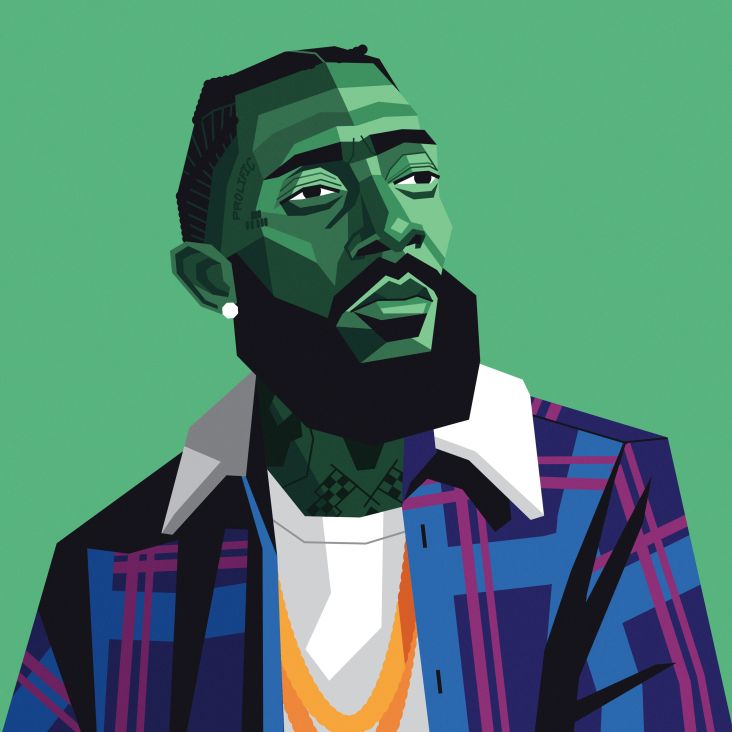


 for Creative Boom. © Creative Boom](https://www.creativeboom.com/upload/articles/e1/e16a85f36de706c38c468aa40d512f6f6140c0b2_732.png)

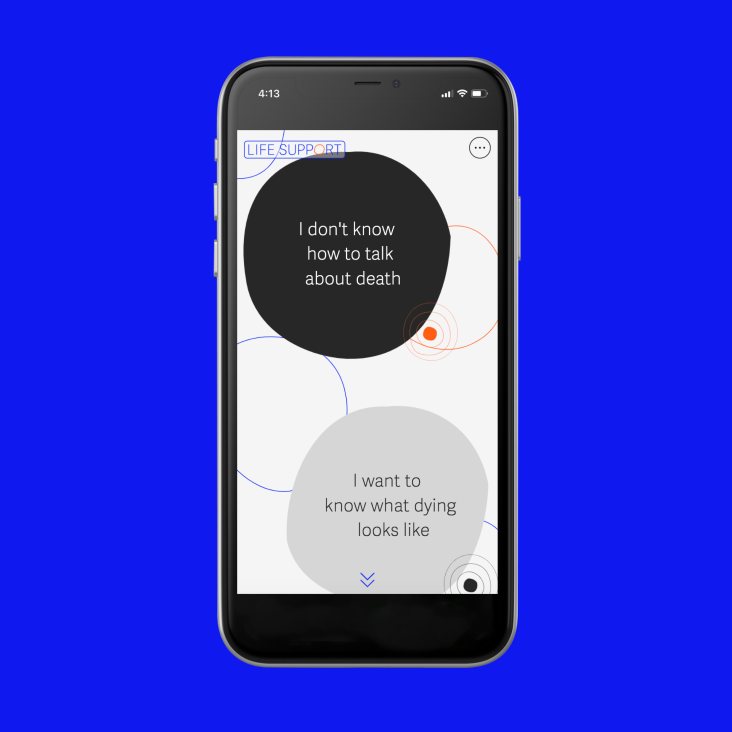
 © Lucy Emms](https://www.creativeboom.com/upload/articles/aa/aa879f68811d007801c8b976e6fc62c39467cdfc_732.jpg)
